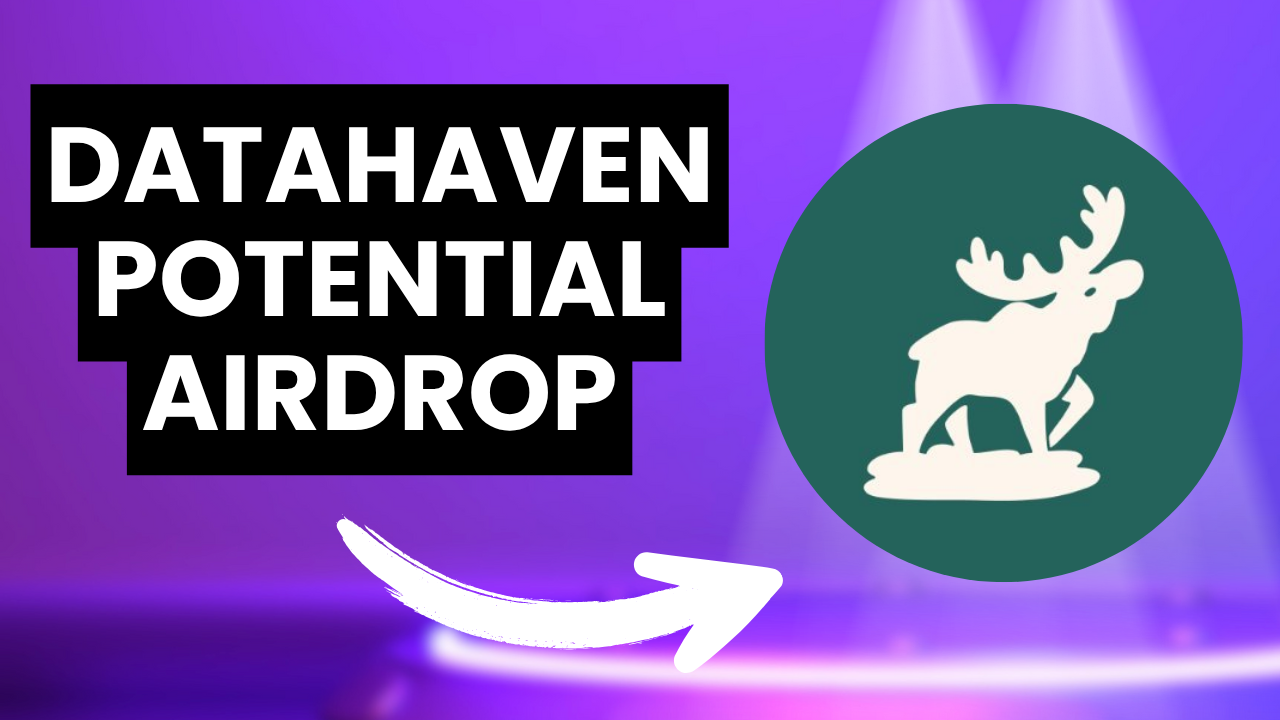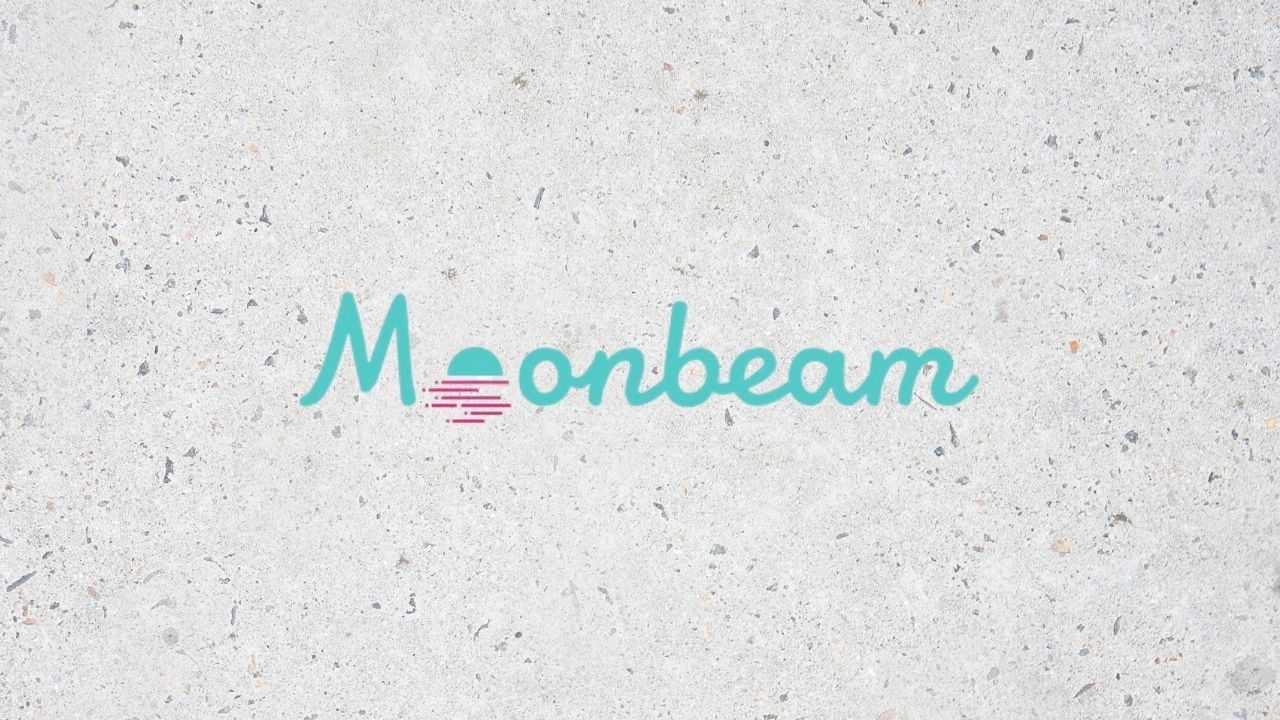Introduction
DataHaven, a decentralized, AI-first storage solution, is gaining traction in the Web3 space. Built as an Autonomous Verifiable Service (AVS) and secured by Ethereum restaking through EigenLayer, DataHaven aims to redefine how data is stored, secured, and accessed in an AI-native future. With a strong emphasis on a “fair launch” philosophy and a significant portion of its token supply allocated for community initiatives, DataHaven presents a promising opportunity for potential airdrops. This article provides a comprehensive guide to participating in the DataHaven ecosystem for a potential airdrop, along with an overview of the project, its tokenomics, use cases, and the strategic importance of Moonbeam GLMR staking.
Step-by-Step Guide to Potential DataHaven Airdrop
Based on the information gathered, here’s a step-by-step guide to potentially qualify for a DataHaven airdrop:
1. Subscribe to the DataHaven Newsletter:
• Visit the official DataHaven website: https://datahaven.xyz/
• Scroll down the homepage until you find the newsletter subscription section.
• Enter your email address in the provided field.
• Click the “Subscribe” button.
2. Engage with the DataHaven Community (The Moose Awakens Program):
• Join DataHaven’s official Discord server and Telegram group (links usually found on their website or social media).
• Actively participate in discussions, ask questions, and provide helpful insights.
• Create content related to DataHaven (e.g., tweets, articles, videos).
• Assist other community members.
• Rationale: The “Moose Awakens” program rewards active community members with “Keys” and “Acorns” which can be converted to $GLMR or used to gain roles. This indicates a strong emphasis on community engagement, which is a common criterion for airdrops.
3. Consider Staking GLMR (Moonbeam Tokens):
• Visit the Moonbeam staking application: https://apps.moonbeam.network/moonbeam/staking
• Follow the instructions to stake your $GLMR tokens.
• Rationale: As stated in the Moonbeam forum, “$GLMR can be used for the economic security of the new DataHaven platform, driving further ties between Moonbeam and DataHaven.” This direct connection suggests that holding and staking GLMR could be a significant factor in DataHaven airdrop eligibility, as it contributes to the security and stability of the underlying ecosystem.
Why GLMR Staking Could Be a Qualifying Factor
DataHaven is a strategic initiative by Moonbeam, aiming to extend Moonbeam’s capabilities to the Ethereum ecosystem. The explicit statement that “$GLMR can be used for the economic security of the new DataHaven platform” highlights a direct utility for GLMR within the DataHaven ecosystem. By staking GLMR, users are not only contributing to the security and decentralization of the Moonbeam network but also indirectly supporting the foundational infrastructure upon which DataHaven is built.
Projects often reward early supporters and those who contribute to the security and liquidity of their associated ecosystems. Given DataHaven’s “fair launch” philosophy and its allocation of tokens for staking initiatives, GLMR stakers are well-positioned to be considered for any future airdrops, as they demonstrate a vested interest and active participation in the broader Moonbeam-DataHaven ecosystem.
DataHaven Project Overview
DataHaven distinguishes itself by combining AI-native storage, end-to-end encryption, and Ethereum-aligned economic security into a unified data infrastructure. It supports enterprise-grade use cases with predictable pricing, strong compliance tools, and tamper-proof audit trails that connect onchain storage with real-world legal frameworks. Unlike traditional storage networks, DataHaven enables autonomous data marketplaces where AI agents can monetize, trade & verify datasets directly.
$HAVE Tokenomics
HAVE is the native token of the DataHaven network, an AI-first decentralized storage platform secured by EigenLayer. The HAVE token is integral to the network’s operation and value accrual. At the Token Generation Event (TGE), 11% of the total token supply will be unlocked, with a significant portion (roughly 6%) earmarked for a global airdrop and staking initiative, aiming to bring over 100,000 participants into the network. Of the total 600 million HAVE tokens, 200 million allocated to this program will go toward the staking initiative. This program ensures initial token liquidity is widely distributed. Recipients may benefit from staking tokens for a period of 2 to 12 months, aligning emissions and encouraging meaningful participation rather than speculation. Approximately 4.5 HAVE tokens allocated to this program will go toward the staking initiative. Approximately 4.5 HAVE tokens are expected to enter circulation at TGE, growing to approximately 16% by the end of 12 months following TGE.


